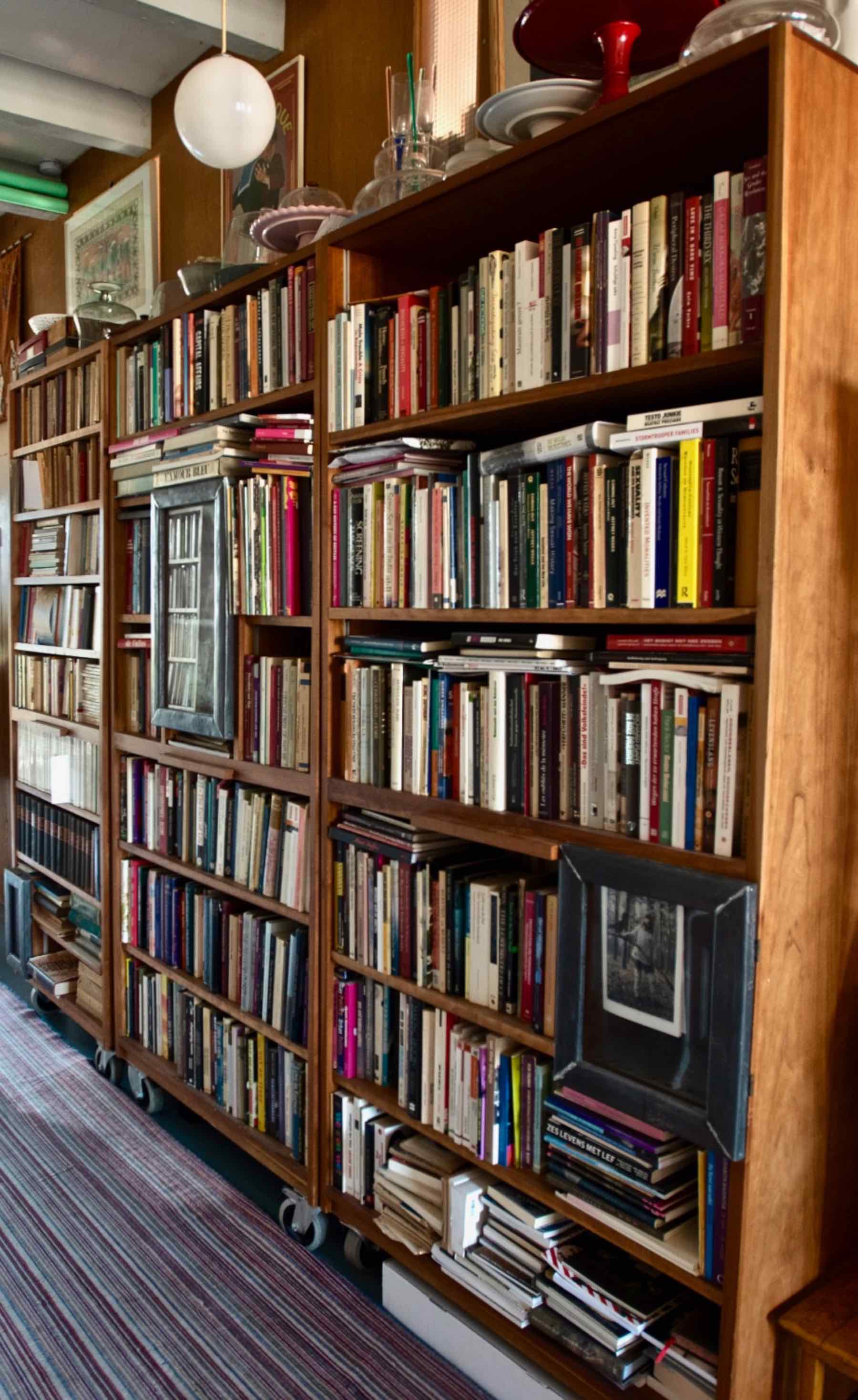
Homosexual Behavior in the Nineteenth-Century Dutch Army
GERT HEKMA University of Amsterdam
In this article I undertake to examine manifest homosexual behavior and its repression in the nineteenth-century Royal Dutch Army.l Before going into my research mate rial in detail, I will consider a few rclated issues concerning gay and military historiography. First, the debate over the various historica I forms of homosexuality will be summarized. A different topic, homosexual behavior within homosocial arrangements, is dealt with in the following section. The main section sketches the organization of the Dutch army in the nineteenth century and sets forth my research material, the sex crimes brought to trial before the military court in Haarlem. This is followed by an overview of all sex crimes, of which homosexual cases make up the majority. The final sections provide pertinent information about homosexual behavior in the Dutch army, and in conclusion I offer some answers to the questions raised.
FORMS OF HOMOSEXUALITY
Ir has become increasingly clear from the work of Leo Boon, Arend H. Huussen, J r., Dirk Jaap Noordam, and Theo van der Meer that a subculture of sodomites was emerging in the Dutch republic in the eighteenth century, as was the case in other urbanized centers of northwestern Europe.
My thanks to James D. Steakley for his comments on this article.
ISee Gert Hekma, Honwseksualiteit, een medische reputatie: De uitdoktering van de honwsek
sueel in negentiende-eeuws Nederland (Amsterdam, 1987), for the history of the introduction of the term and concept of"homosexualiry" in the Netherlands in the nineteenth century. When I use the terms "homosexual" and "homosexualitv" here, thev refer to homosexual behavior
and nor necessarily to /ixed prcfèrences or psychol~gical state; [Journal ofthe History ofSexuality 1991, vol. 2, no. 2] @ 1991 by Thc Uni"crsiry of Chicago. AH rights rcscrvcd. 1043-4070/92/0202-0004$01.00
Because of the decriminalization of sodomy in 1811 in the Netherlands and the lack of action by the Dutch police in the realm of sexual crimes in the first half of the nineteenth century, little can be stated with certainty about the continuance of the Dutch sodomitical subculture of that era. Such a subculture clearly reemerged at the close of the nineteenth century.2 Other authors indicate that the same was true for France, England, and Germany, so it is generally presumed that the subcultures, having come into being in the early 1700s, survived the intervening period, although only scant tracs of these subcultures exist for the first half of the nineteenth century.
The character of these subcultures and these sodomites has been subject to close scrutiny. Randolph Trumbach has stated in two provocative articles th at since about 1700, the sodomite's identity properly ought to be characterized as effeminate and that his object-choice was exclusiveiy oriented toward the male sex: "I would propose that the most salient characteristic of the homosexual role from about 1700 to the present day has been the presumption th at aU men who engage in sexual relations with other men are effeminate members of a third or intermediate gender, who surrender their rights to bc treated as dominant males, and are exposed instead to a merited contempt as a species of male whore." By contrast, the sodomite of the preceding period did not transgress gender lines but was instead a real male who made love to both women and boys. The "queen" identity of sodomites survives, according to Trumbach, to the present.3
In earlier articles treating the Netherlands of the second half of the nineteenth century, I have discussed the existence of different types of "wrong loves" and different subcultures of "wrong lovers" (in Dutch, verkeertk lieftks and liefhebbers). The most important were the casual forms of sexual
2 See Dirk Jaap Noordam, "Sodomy in the Dutch Republic, 1600-1725," pp. 207-28; Leo Boon, "Those Damned Sodomites: Public Images of Sodomy in the EighteenthCentury Netherlands," pp. 237-48; Arend H. Huussen, "Prosecution of Sodomy in Eighteenth-Century Frisia, Netherlands," pp. 249-62; and Theo van der Meer, "The Persecutions of Sodomites in Eighteenth-Century Amsterdam: Changing Perceptions of Sodomy," pp. 263-307, all in Kent Gerard and Gert Hekma, eds., The Pursuit ofSodomy: Male Honwsexuality in Renaissance and Enlightenment Europc (New York, 1989); and on nineteenth-century Netherlands, see Gert Hekma, Honwseksualiteit, and "Wrong Lovers in the NineteenthCentury Netherlands," Journal ofHonwsexuality 13, nos. 2/3 (1986/87): 43-56.
3 See Randolph Trumbach, "Gender and the Homosexual Rolc in Modem Western Culture: The Eighteenth and Nineteenth Centuries Compared," in Dennis Altman et al., Honwsexuality, Which Honwsexualitf (Amsterdam, 1989), pp. 149-69, quotation on p. 153; and "The Birth of the Queen: Sodomy and the Emergence of Gender Equaliry in Modem Culture, 1660-1750," in Martin Bauml Duberman, Martha Vieinus, and George Chauncey, Jr., eds., Hidden from History: Reclaiming the Gay and Lesbian Past (New York, 1989), pp. 12940. For a parallel argument, see Philippe Ariès, "Réflexions sur l'histoire de I'homosexualité," Communications ("Sexualités occidentales," ed. Philippe Ariès and André Béjin) 35 (1982): 56-67.
